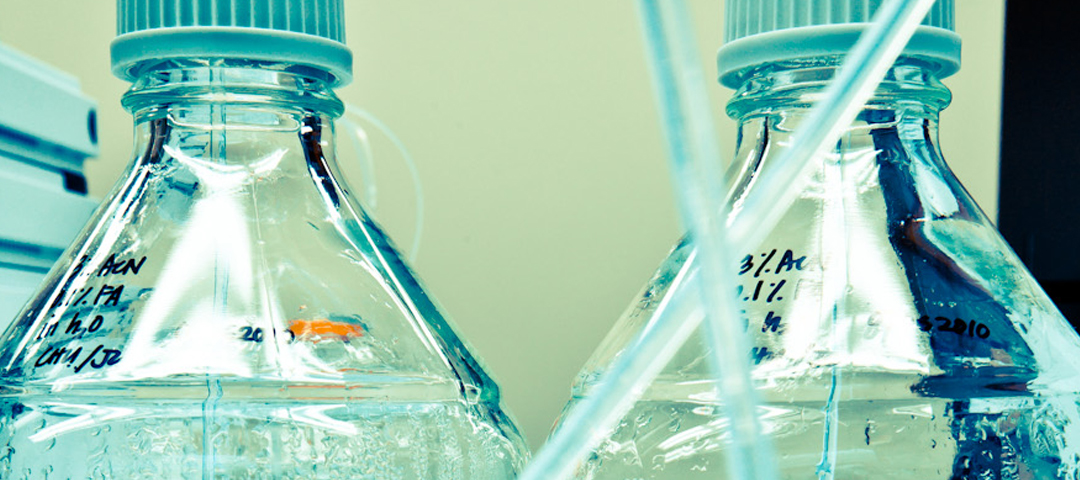3 Bullets
- The barrier function of skin is integral to personal well-being and is associated with several widespread diseases such as eczema and psoriasis.
- ISB and Procter & Gamble researchers used human skin grown in the lab to measure changes in protein levels as the skin matures.
- The results of this study provide many new markers for healthy skin development.
By Dr. Kristian Swearingen and Dr. Jason Winget
In a study published in the Journal of Dermatological Science, researchers from ISB and Procter & Gamble report the most extensive study to date on the proteins in the epidermis, the outermost layer of skin. The work was done as part of an ongoing collaboration between ISB and P&G.
The skin carries out a variety of protective functions which are collectively termed the epidermal barrier. These functions include water retention, antibacterial action, protection from toxic substances, and immune responses. Defects in the barrier are tied to several widespread medical conditions including eczema and psoriasis. Identifying the complement of proteins that make up the skin layers by proteomics is important in order to find molecular markers of healthy skin and to identify targets for new therapies to combat skin disease.
In order to identify proteins that are markers of healthy skin, the researchers grew healthy human skin in the lab and took samples at different time points as the skin matured. Jason Winget, a research scientist and proteomics expert in the lab of Rob Moritz, was the study’s lead author. Dr. Winget used mass spectrometry to identify the proteins present in the skin and to quantitatively measure how the levels of different proteins fluctuate over the course of skin maturation. Additionally, the team measured the amount of RNA in the skin samples. RNA is the chemical messenger that reads DNA and transmits the information to the molecular machinery that builds proteins. Comparing these two types of information allowed the researchers to determine when a change in the amount of protein in the skin was a direct result of genetic signals to increase or decrease protein production as the skin matured.
In all, more than 3,000 skin proteins were quantitatively identified, providing the most complete picture to date of the protein composition of skin. Of these, more than 1,200 proteins changed in abundance over the course of skin maturation, indicating that they play a role in skin development. These proteins may provide important new targets for pharmaceutical agents to address conditions related to skin barrier dysfunction. Additionally, they may serve as markers for skin health and provide a means of measuring the efficacy of therapeutic interventions.
Journal: Journal of Dermatological Science
Title: Quantitative proteogenomic profiling of epidermal barrier formation in vitro
Authors: Jason M. Winget, Julian D. Watts, Michael R. Hoopmann, Teresa DiColandrea, Michael K. Robinson, Tom Huggins, Charles C. Bascom, Robert J. Isfort, and Robert L. Moritz.
Link: http://tinyurl.com/ktjxj7o



 moritz.isbscience.org/research/identifying-markers-healthy-skin-development/
moritz.isbscience.org/research/identifying-markers-healthy-skin-development/